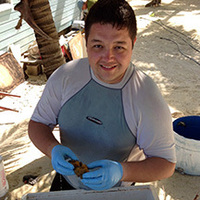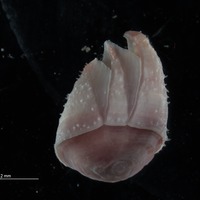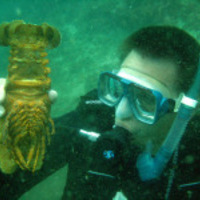
Brent Thoma
Phone: 601-979-3461
Address: Department of Biology
Jackson State University
PO Box 18540
Jackson, MS 39217
Address: Department of Biology
Jackson State University
PO Box 18540
Jackson, MS 39217
less
Related Authors
William Santana
Universidade do Sagrado Coração - Brasil
Andrew Hosie
Western Australian Museum
Biju Kumar
University of Kerala
Arthur Anker
Universidade Federal do Ceará
JC Mendoza
National University of Singapore
Suvarna Devi
University of Kerala
J.c. Vaupel Klein
Leiden University
InterestsView All (49)









Uploads
Papers by Brent Thoma
yielded two equally parsimonious trees and generally supported the molecular analyses. None of the analyses recovered Eriphioidea as monophyletic, and each of the eriphioid families represented by two or more taxa was shown to be polyphyletic in both molecular and larval analyses. This study indicates that the present classification based on adult morphology is incongruent with phylogenetic relationships and that the diagnostic characters the result of convergence (particularly in feeding morphology) rather than shared ancestry.
inferred from three mitochondrial markers (12S, 16S,COXI) and a nuclear marker (histone H3), confirms that C. longimana is genetically distinct from its congeners. A new genus, Ratha, is proposed to accommodate C. longimana. In addition, a phylogenetic analysis of six chlorodielline genera indicates that the subfamily is polyphyletic as presently defined.
yielded two equally parsimonious trees and generally supported the molecular analyses. None of the analyses recovered Eriphioidea as monophyletic, and each of the eriphioid families represented by two or more taxa was shown to be polyphyletic in both molecular and larval analyses. This study indicates that the present classification based on adult morphology is incongruent with phylogenetic relationships and that the diagnostic characters the result of convergence (particularly in feeding morphology) rather than shared ancestry.
inferred from three mitochondrial markers (12S, 16S,COXI) and a nuclear marker (histone H3), confirms that C. longimana is genetically distinct from its congeners. A new genus, Ratha, is proposed to accommodate C. longimana. In addition, a phylogenetic analysis of six chlorodielline genera indicates that the subfamily is polyphyletic as presently defined.